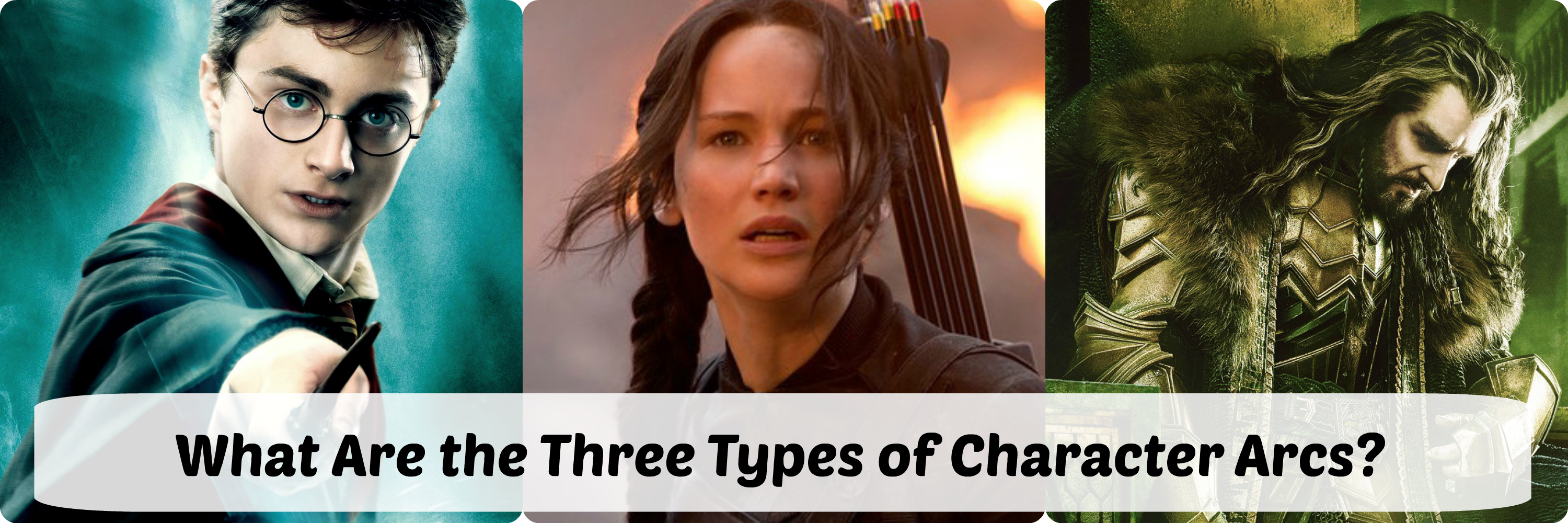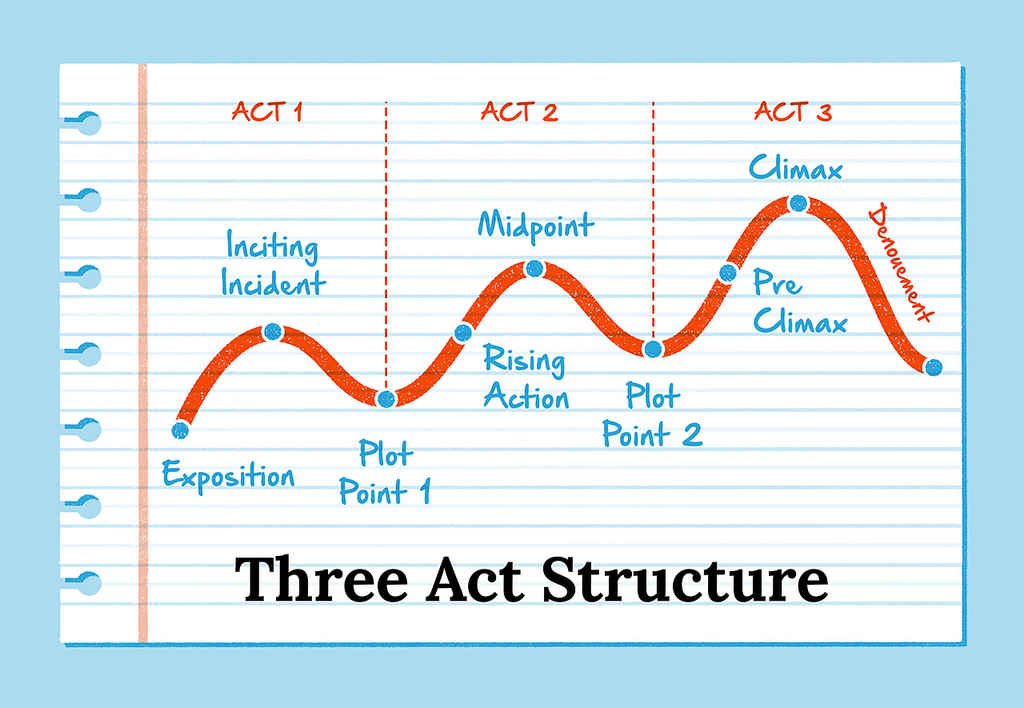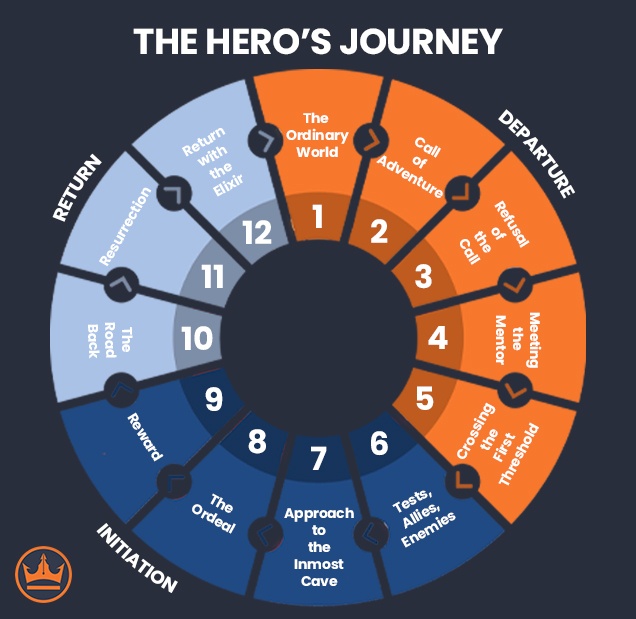
Story arcs are the overarching structures that define the progression of a narrative. There are several ways to categorize them, but one common classification involves three main types of story arcs: the “Three-Act Structure,” the “Hero’s Journey,” and the “In Media Res” or “Mid-action” story arc. These arcs offer different approaches to creating engaging and satisfying narratives.
- Three-Act Structure:
- Act 1 (Setup): This is where the characters, setting, and central conflict are introduced. It establishes the status quo and introduces the story’s main characters and their goals or desires.
- Act 2 (Confrontation): The story’s main conflict intensifies, and characters face obstacles and challenges. Subplots may be introduced, and the characters’ development and growth become evident.
- Act 3 (Resolution): This is the climax and resolution of the story. The main conflict is addressed, and loose ends are tied up. It often concludes with a satisfying resolution for the characters.
How to use it: The Three-Act Structure provides a clear and easily digestible narrative framework, making it a popular choice for many stories. It helps build tension and allows for character development as the plot unfolds.
- Hero’s Journey:
- The Call to Adventure: The hero receives a call to action, often leaving their ordinary world behind.
- Initiation: The hero faces trials, meets mentors and allies, and ultimately confronts a major challenge or enemy.
- Return and Transformation: After overcoming the central conflict, the hero returns to their ordinary world, transformed by their experiences.
How to use it: The Hero’s Journey is a powerful and timeless structure that resonates with audiences because it reflects the universal theme of personal growth and transformation. It’s especially useful for epic and fantasy narratives.
- In Media Res (Mid-action) Story Arc:
- Begin in the Middle of the Action: The story starts in the midst of a crucial event or conflict, often without extensive setup or exposition.
- Flashbacks and Exposition: As the story progresses, it includes flashbacks or exposition to provide context and background information.
- Resolution: The narrative eventually reaches a satisfying conclusion, often tying back to the initial action.
How to use it: Starting in media res can immediately engage the audience and raise questions, which can drive the narrative forward. It’s particularly effective for stories that benefit from a sense of mystery and intrigue.
In addition to the three main story arcs, other groupings in threes you can explore in storytelling include:
- Character Archetypes:
- The Hero
- The Mentor
- The Villain
- Narrative Points of View:
- First Person
- Second Person
- Third Person
- Conflict Types:
- Man vs. Self
- Man vs. Nature
- Man vs. Society
Video – Kurt Vonnegut on the Shape of Stories
These storytelling elements can be mixed and matched to create unique and engaging narratives, depending on the type of story you want to tell and the impact you want to have on your audience.
Admin | Bookofthrees

































